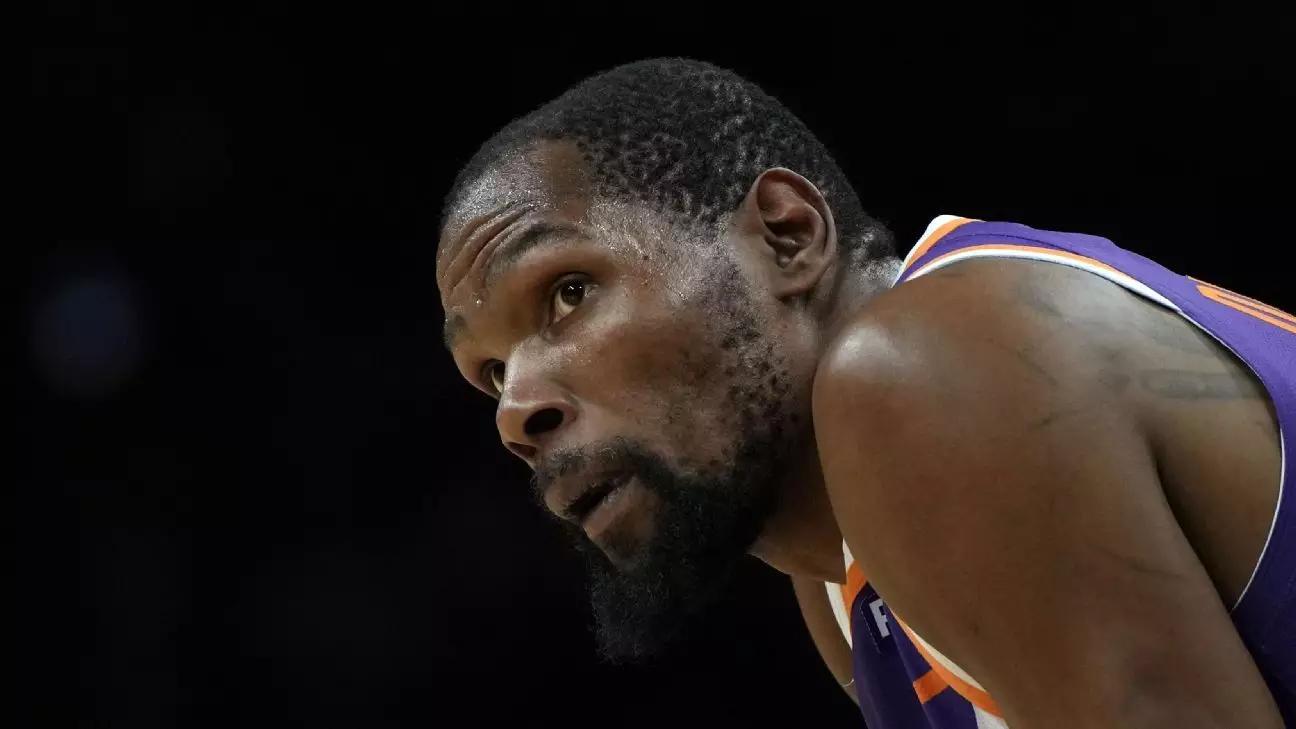The recent whirlwind of NBA trades has redefined what is possible within league boundaries, highlighting an unprecedented level of strategic complexity. Central to this seismic shift was the seven-team mega-trade involving some of the league’s most prominent franchises, notably the Houston Rockets, Phoenix Suns, Brooklyn Nets, Golden State Warriors, Atlanta Hawks, Los Angeles Lakers, and Minnesota Timberwolves. This colossal transaction didn’t merely shuffle players; it reshaped team dynamics, altered draft strategies, and illustrated a growing trend toward multi-layered, strategic deals that prioritize flexibility and future assets over short-term gains.
This in-depth transaction was not a one-for-one swap but a network of interconnected moves, extending across the league and involving nearly every aspect of team management—player assets, draft picks, cash considerations, and future picks. The deal centered around the blockbuster swap of Kevin Durant from Phoenix to Houston—a move that immediately sent ripples through the league. However, the process involved far more than just Durant’s transfer; it included six players, multiple draft picks, and intricate draft pick swaps that exemplified a new breed of deal that goes beyond simple player trades.
The magnitude of this trade was amplified by it being the first seven-team arrangement in NBA history, a milestone that underscores how teams are now operating with a heightened sense of interconnectedness and strategic planning. It reflected a clear trend: teams are leveraging multiple assets simultaneously to craft moves that maximize long-term competitiveness, even if that means engaging in complex, multi-layered negotiations that stretch the limits of traditional transactions.
Implications for Team Building and League Dynamics
What makes this trade particularly compelling isn’t just its size but the underlying strategic philosophy it reveals. Teams are no longer satisfied with simple transactions aimed at immediate success—they now view the league as a massive, interconnected ecosystem where establishing leverage, accumulating draft capital, and managing salary cap intricacies are key to sustained success.
The Rockets, for instance, seized this moment to rebuild through acquiring key assets like Dillon Brooks and Jalen Green while bringing back Clint Capela to bolster their frontcourt. These moves suggest a clear desire to position Houston as a future contender rather than a team chasing quick fixes. Meanwhile, Phoenix, despite moving key players and draft assets, still managed to leverage their new picks for strategic draft positions, signaling an intent to continue building a competitive roster with an eye on future drafts.
The Phoenix-Suns maneuvering, especially with its ability to use second-round picks as additional leverage, reflects a broader trend: teams are increasingly viewing draft picks as commodities that can be traded, manipulated, and used to generate value rather than just as placeholders for future talent. This shift fundamentally alters how teams approach roster construction, emphasizing a more dynamic, asset-savvy mentality that aligns with modern analytics-driven strategies.
The impact on league parity and competitive balance is yet to be seen, but it’s clear that teams are willing to engage in multi-team deals that diversify their risk while expanding their options. This approach represents a strategic evolution—teams are not just executing isolated deals but orchestrating complex webs of transactions that can set up their long-term success.
Reflection on Kevin Durant’s Transition and the Broader NBA Narrative
Kevin Durant’s move from Phoenix to Houston serves as a symbolic focal point within this larger shift—the transfer of a future Hall of Famer amidst a landscape that is increasingly driven by asset accumulation and strategic positioning. Durant’s reflection on his journey underscores the human element behind these colossal transactions; despite the commerce and strategic maneuvering, there remains an appreciation for the brotherhood and community that define the NBA.
This trade emphasizes the league’s evolution from a collection of individual franchises into a complex web of interconnected futures. The NBA is transforming into a landscape where moves are less about immediate gratification and more about crafting a sustainable competitive environment, often through convoluted, multi-team arrangements. Such transactions showcase a league that is continually adapting, blending analytics, strategic foresight, and a willingness to embrace complexity to stay ahead in a fiercely competitive environment.
Ultimately, the mega trade signals a new era—one where innovation, multi-team collaboration, and masterful asset management will determine which franchises dominate the next decade. The NBA is shifting from straightforward transactions to a chessboard of multi-layered, strategic moves designed to outthink, outmaneuver, and outlast opponents. This is the dawn of an era where flexibility, patience, and creative deal-making reign supreme, defining the league’s future direction with unmistakable clarity.

